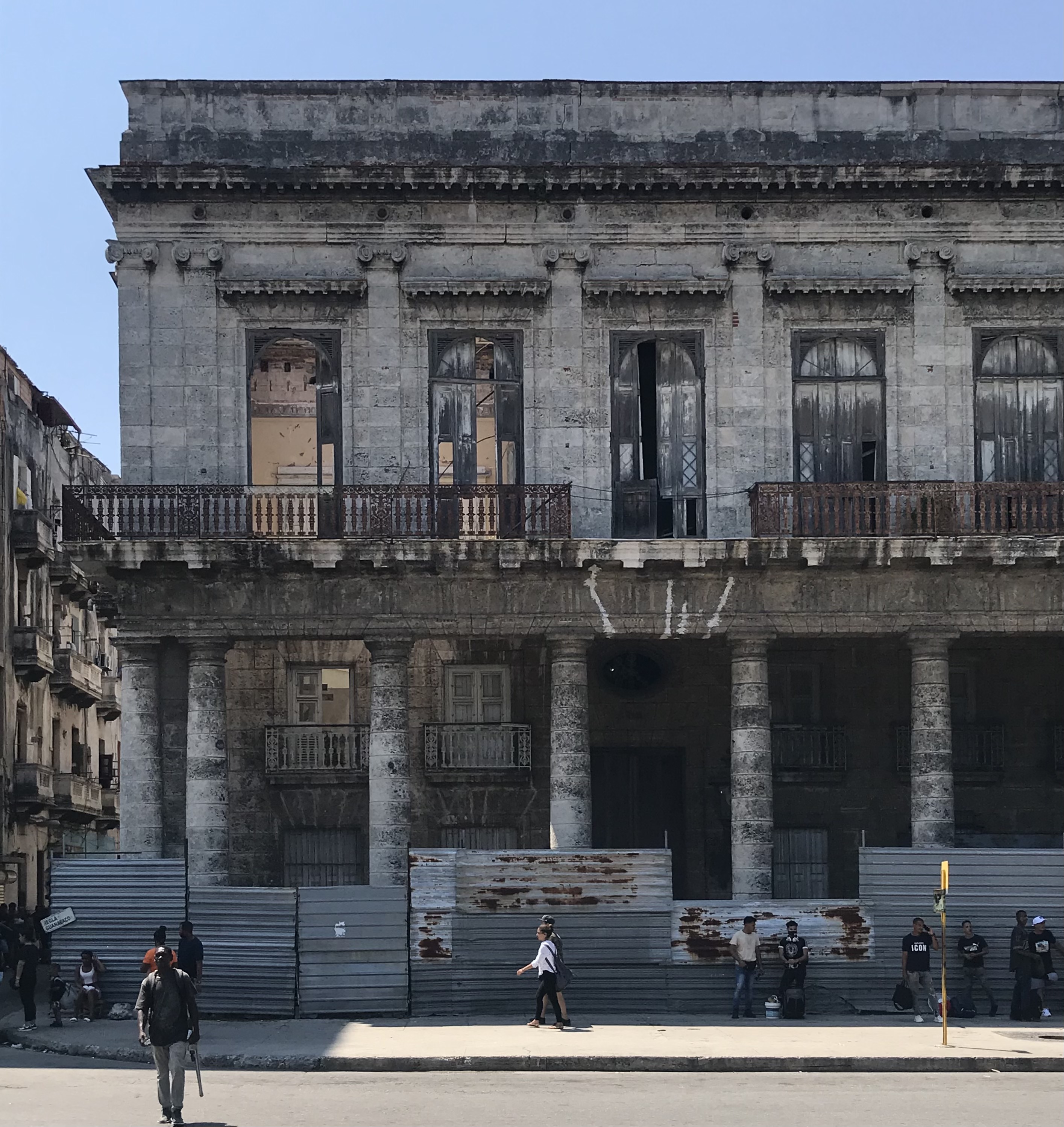4 December 2023
Monday
Monday
Building Labor Histories
through Records of Resistance
through Records of Resistance
DANTE FURIOSO
Princeton University
Respondent: Rebecca Choi, Tulane University

On October 9, 1841, Blas Lucumí was building one of Havana’s most opulent private homes. Unlike other enslaved Africans, Blas was not working cutting cane on a sugar plantation. Though he was owned by one of the island’s wealthiest residents (the Basque sugar baron, don Domingo Aldama) Blas was constructing a prominent, neoclassical mansion in the center of the imperial capital. With a stone delivery delayed, don Aldama ordered his workers to relocate to a new railroad line, which he was also financing. Perhaps fearful of being sent instead to one of his master’s dreaded (and often deadly) sugar mills, Blas and the other enslaved Africans staged a bold and risky strike. Aldama called the nearby Spanish infantry, who attacked with rifles and bayonets, killing Blas and five others, and seriously injuring six more. All this and more can be gleaned from the deposition taken later that day. Not only does this legal document describe the division of labor on multiple job sites, but it sketches the kind of conflict involved in building production in slave societies like nineteenth-century Cuba. This presentation for DocTalks takes the 1841 deposition as an archival case study to raise a methodological question: What are the challenges and opportunities of using records of resistance and state oppression for histories of built environment labor? The handwritten pages give us names, descriptions of languages spoken, attitudes and beliefs of the laborers, and the occupational hierarchy on the building site—all this was mediated by an interpreter and ultimately recorded by a scribe. Moving beyond buildings as symbolic representations of colonial power dynamics, the talk adopts a production-oriented framework, asking how an exceptional case such as the 1841 rebellion might offer clues toward a systematic analysis of the historical dynamics of building production in late colonial Cuba.
***
Forced displacement, Urban Transformation,
and Architectural Metamorphosis:
The Impact of the 1923 Treaty of Lausanne
on Chania's Urban Landscape
and Architectural Metamorphosis:
The Impact of the 1923 Treaty of Lausanne
on Chania's Urban Landscape
AIKATERINI KARADIMA
Technical University of Crete
Respondent: Aslihan Gunhan, Cornell University + Bilkent University
The turn of the 19th century marked a period of profound societal and spatial changes globally, leaving also a significant imprint on Greece. The Asia Minor Catastrophe, followed by the compulsory exchange of Christian and Muslim populations between Greece and Turkey in the aftermath of the Treaty of Lausanne in 1923, have greatly affected the culture, society, and urban landscapes of both nations and the Balkan Peninsula in general. Over a million Greek Orthodox Christians residing in Turkey and around 400,000 Muslims from Greece were compelled to abandon their possessions and migrate. The resettlement of refugees emerged as one of Greece's most crucial political and social concerns, resulting in significant spatial transformations, as this was the starting point of the rapid urbanisation and uncontrolled urban expansion, fundamentally shaping Greece's urban and social structure. The city of Chania in Crete, Greece, emerged as a crucial destination for refugees, given its significant pre-existing Muslim community until 1923. Refugees initially settled in the homes of those who left or lived in makeshift accommodation until the first housing projects were completed. Gradually refugees repaired, expanded, and reconfigured their living spaces, leaving a lasting imprint on the built environment. As architecture adapted to accommodate the needs of the displaced, it also bore witness to the intangible impacts of war. Chania's urban and rural became a repository of memories, visions, and the enduring spirit of communities shaped by conflict. This presentation aims to shed light on the complex and multifaceted process of the 1923 forced displacement and its impact on the urban landscape of Chania. By examining the spatial and socio-political transformations that have occurred in the region, it seeks to introduce new historiographical findings and provide a fresh perspective on the spatial impact of the Treaty of Lausanne on the wider region of Chania highlighting the role of refugees in the metamorphosis of urban space.